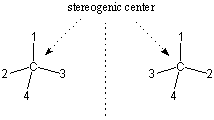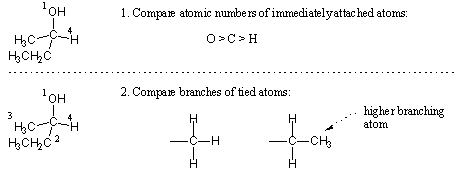Please wait while we process your payment
If you don't see it, please check your spam folder. Sometimes it can end up there.
If you don't see it, please check your spam folder. Sometimes it can end up there.
Please wait while we process your payment

By signing up you agree to our terms and privacy policy.
Don’t have an account? Subscribe now
Create Your Account
Sign up for your FREE 7-day trial
By signing up you agree to our terms and privacy policy.
Already have an account? Log in
Your Email
Choose Your Plan
Individual
Group Discount
Save over 50% with a SparkNotes PLUS Annual Plan!
 payment page
payment page
Purchasing SparkNotes PLUS for a group?
Get Annual Plans at a discount when you buy 2 or more!
Price
$24.99 $18.74 /subscription + tax
Subtotal $37.48 + tax
Save 25% on 2-49 accounts
Save 30% on 50-99 accounts
Want 100 or more? Contact us for a customized plan.
 payment page
payment page
Your Plan
Payment Details
Payment Summary
SparkNotes Plus
You'll be billed after your free trial ends.
7-Day Free Trial
Not Applicable
Renews April 7, 2025 March 31, 2025
Discounts (applied to next billing)
DUE NOW
US $0.00
SNPLUSROCKS20 | 20% Discount
This is not a valid promo code.
Discount Code (one code per order)
SparkNotes PLUS Annual Plan - Group Discount
Qty: 00
SparkNotes Plus subscription is $4.99/month or $24.99/year as selected above. The free trial period is the first 7 days of your subscription. TO CANCEL YOUR SUBSCRIPTION AND AVOID BEING CHARGED, YOU MUST CANCEL BEFORE THE END OF THE FREE TRIAL PERIOD. You may cancel your subscription on your Subscription and Billing page or contact Customer Support at custserv@bn.com. Your subscription will continue automatically once the free trial period is over. Free trial is available to new customers only.
Choose Your Plan
This site is protected by reCAPTCHA and the Google Privacy Policy and Terms of Service apply.
For the next 7 days, you'll have access to awesome PLUS stuff like AP English test prep, No Fear Shakespeare translations and audio, a note-taking tool, personalized dashboard, & much more!
You’ve successfully purchased a group discount. Your group members can use the joining link below to redeem their group membership. You'll also receive an email with the link.
Members will be prompted to log in or create an account to redeem their group membership.
Thanks for creating a SparkNotes account! Continue to start your free trial.
We're sorry, we could not create your account. SparkNotes PLUS is not available in your country. See what countries we’re in.
There was an error creating your account. Please check your payment details and try again.
Please wait while we process your payment

Your PLUS subscription has expired
Please wait while we process your payment
Please wait while we process your payment

Enantiomers
What makes a molecule chiral? It turns out that in the majority of cases chiral molecules result from carbon atoms that are bonded to four different groups. For example, C2 in 2-butanol is attached to the four distinct groups -H, -Me, -Et, and -OH. There are two different ways to arrange four groups about tetrahedr al carbon, giving rise to chirality. (In fact, chiral molecules gave chemists evidence that carbon is indeed tetrahedral.) Such a carbon atom is called an asymmetric carbon because it lacks a plane of symmetry. Asymmetric carbons are also called "chiral carbons". Because asymmetric carbons give rise to stereoisomerism, they are stereogenic centers or stereocenters. Technica lly, there are other structural motifs that are stereocenters beside asymmetric carbons, but in practice the term "stereocenter" is used in place of "asymmetric carbon" to denote a carbon bonded to four different substituents.

The goal of nomenclature is to allow chemists to unambiguously identify the structure of any molecule given its name. The presence of stereoisomers presents a special problem in this regard. For example, given a particular molecule of 2-butanol, how can we name it so that the name conveys its handedness? How can we convey exactly which enantiomer of 2-butanol we're talking about? Furthermore, what about molecules that contain several stereocenters? What is needed is a nomenclature system to designate the absolute configuration at each stereocenter.
The term "configuration" refers to the fixed spatial positioning of bonds at a particular stereogenic carbon atom. Do not confuse "configuration" with "conformation". Unlike conformations, which are constantly equilibrating back and forth between forms, configurations are fixed and do not change unless bonds are broken. The configurational designation is absolute in the sense that the exact three-dimensional structure of the molecule can be reconstructed using the name alone.
In order to specify the absolute configuration at any stereogenic carbon, first identify the four groups attached to it and assign priorities to them using the Cahn-Ingold-Prelog convention:


Please wait while we process your payment

